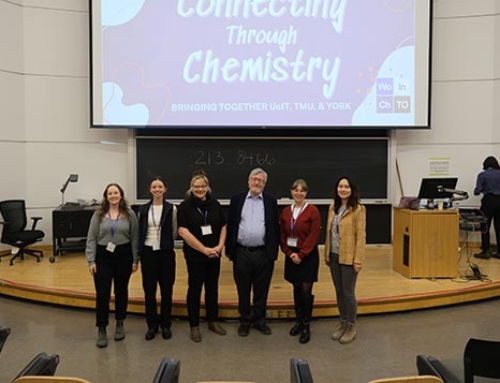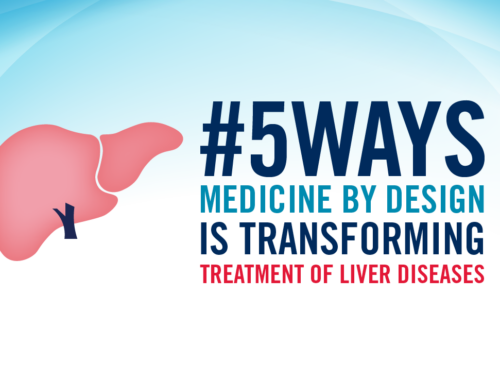
Medicine by Design-funded principal investigator Melanie Woodin is one of the researchers who have delayed amyotrophic lateral sclerosis (ALS) in mice. This research points to potential treatments for humans.
A team of researchers led by scientists at the University of Toronto has delayed the onset of amyotrophic lateral sclerosis (ALS) in mice. They are cautiously optimistic that this research, which was funded in part by a Medicine by Design 2018 New Ideas Award, combined with other clinical advances, points to a potential treatment for ALS in humans.
Commonly known as Lou Gehrig’s disease, ALS is caused by the degeneration and loss of neurons that control muscles. There is no cure for ALS which currently affects between 2,500 and 3,000 Canadians.
“Our experiment profoundly delayed the disease by preventing the degeneration of neurons in the cortex of the brain,” says Medicine by Design-funded investigator Melanie Woodin, a professor in the Department of Cell & Systems Biology (CSB) at U of T and a co-author of a study published recently in Brain.
“It delayed typical symptoms of ALS like the deterioration of motor skills and weight loss. It also increased the survival rate. ”The result was achieved in mice that possessed the same gene mutation (SOD1) found in some human ALS patients. The researchers targeted neurons in the motor cortex — the region of the brain that controls muscles — with an engineered protein designed to correct an imbalance in neurons referred to as hyperexcitability.
“Neurons communicate with each other through synaptic transmission, which involves both the release of chemical neurotransmitters and electrical activity” explains Woodin. “This communication can be either excitatory or inhibitory. Excitation is like the gas pedal in your car and inhibition is the brake pedal. Too much gas and you’ll speed off the road; too much brake and you don’t go anywhere. So, to drive properly, you need a balance between the two.”
In a healthy brain, a balance between excitation and inhibition ensures proper brain function — enabling us to solve math problems, retrieve memories and feel emotion. But too much excitation in the brain’s neurons can lead to neurological disorders like seizures, epilepsy, neuropathic pain, autism spectrum disorders, schizophrenia and ALS.
While human SOD1 gene mutation carriers display pronounced cortical hyperexcitability in the decade prior to the onset of ALS, it wasn’t clear it was a cause of neuronal degeneration. “We knew before that there was a very profound imbalance between excitation and inhibition in the region of the brain that controls movement,” says Woodin. “But that didn’t tell us whether this hyperexcitability caused the onset of symptoms.”
“Now we know,” says Woodin. “That in ALS mice with the SOD1 mutation, hyperexcitability in the motor cortex is causal to the onset of the disease.”





